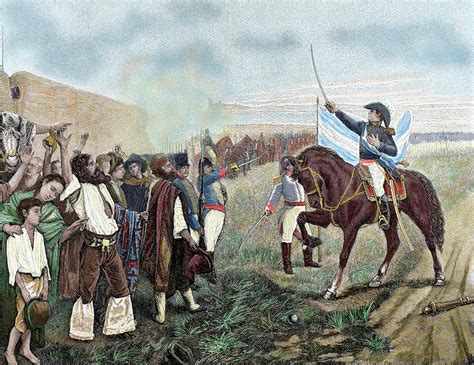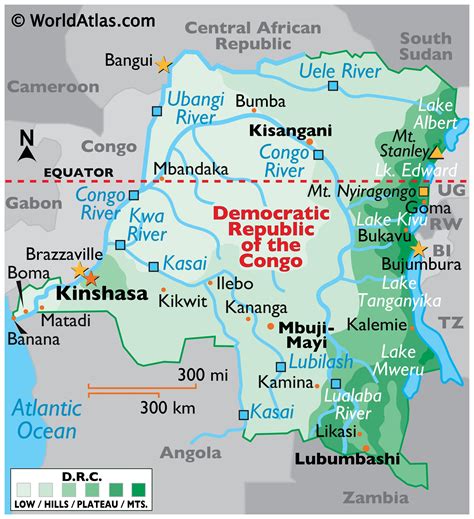Explore the Viking Age, the influence of Christianity, and the union with Denmark. Learn about the independence from Sweden and the impact of World War II Occupation.
Viking Age
Contents
The Viking Age is a period in the early medieval history of Norway, Sweden, Denmark, and other Scandinavian countries, spanning from the late 8th to late 11th century. During this time, Norse seafarers, known as Vikings, raided and traded across Europe, Asia, and the North Atlantic. The Viking Age is a significant period in Norwegian history, as it marked the transition from a tribal society to a more centralized and organized kingdom.
One of the defining features of the Viking Age was the Norse expansion and colonization. Norwegian Vikings, also known as the Norsemen, established settlements in various parts of Europe, including Iceland, Greenland, and the Faroe Islands. Their expeditions to North America, specifically to areas of present-day Canada, also demonstrate the extent of their exploration and influence.
Additionally, the Viking Age saw the emergence of Norse mythology and religion, which heavily influenced the spiritual beliefs of the Scandinavian people. The Norse gods, such as Odin, Thor, and Freyja, were central figures in their religious practices, and their stories and legends continue to be significant aspects of Norwegian cultural heritage.
The legacy of the Viking Age is evident in the archaeological findings, artistic expressions, and societal structures of Norway. The intricate wood carvings, metalwork, and shipbuilding techniques of the Vikings showcase their craftsmanship and ingenuity. Furthermore, the impact of the Viking Age on Norwegian language, law, and governance laid the foundation for the country’s development in the centuries to come.
Influence of Christianity
The influence of Christianity on the history of Norway can be traced back to the 8th century when the first Christian missions arrived in the country. These early missionaries sought to convert the pagan Norse population to Christianity, and over time, their efforts proved to be successful. The Christianization of Norway had a profound impact on the culture, traditions, and religious practices of the Norse people.
With the spread of Christianity, Norwegian society underwent significant changes. The establishment of Christian churches and monasteries brought about a shift in the religious landscape of the country. Pagan deities and rituals gradually gave way to Christian beliefs and practices, and the influence of the Church grew stronger in the political and social spheres of Norwegian life.
One of the most significant developments in the influence of Christianity in Norway was the adoption of the Church as the official religion of the state. This marked a turning point in the country’s history, as the Christian faith became deeply ingrained in the fabric of Norwegian society. The power and authority of the Church extended to all aspects of life, exerting a lasting impact on the laws, customs, and moral values of the people.
Furthermore, the influence of Christianity extended beyond the spiritual and cultural realms to the realm of education and literacy. The establishment of Christian schools and the translation of religious texts into the Norwegian language contributed to the spread of knowledge and the development of a written language. This laid the foundation for the future growth and progress of Norwegian society.
Union with Denmark
Norway’s history saw a significant period of union with Denmark during the late Middle Ages. The union with Denmark began in 1380 when the Norwegian royal family died out, leading to a power struggle and ultimately the Norwegian throne being passed to the Danish king. This resulted in a union that lasted for more than four centuries, during which Norway became increasingly marginalized and saw a decline in its influence and autonomy.
During this period, the Norwegian nobility became increasingly integrated with the Danish nobility, leading to a loss of political power and identity for Norway. The union with Denmark also had a profound impact on the Norwegian economy and culture, as Norway became more dependent on Denmark for trade and administration.
Despite the challenges posed by the union, it also brought some benefits to Norway, such as access to the wider Scandinavian market and the opportunity for Norwegian officials to gain experience and influence in the Danish government. However, the overall impact of the union was one of subjugation and diminishing of Norwegian sovereignty.
It was not until the early 19th century that Norway was able to break free from the union with Denmark and establish its own independent government. This marked a turning point in Norwegian history, leading to a renewed sense of national identity and the emergence of a distinct Norwegian culture and political ideology.
Independence from Sweden
Independence from Sweden
Norway’s struggle for independence from Sweden is a defining moment in the history of the country. After being in a union with Sweden for nearly a century, Norway sought to break away and assert its sovereignty. This desire for independence was fueled by a strong sense of national identity and a longing for self-government.
The road to independence was not without its challenges. *
Norway’s quest for independence culminated in the dissolution of the union with Sweden in 1905. This monumental event marked the beginning of a new era for Norway as an independent nation. The country’s hard-fought journey towards self-determination had finally come to fruition.
Even after gaining independence from Sweden, Norway faced a period of transition and adjustment as it established itself as a sovereign state. The process of nation-building involved crafting new political, economic, and social systems to reflect the values and aspirations of the Norwegian people.
The independence from Sweden is a pivotal chapter in Norway’s history, shaping the country’s trajectory and identity for years to come.
World War II Occupation
The occupation of Norway by Nazi Germany during World War II began with the German invasion of Norway on April 9, 1940. The German forces quickly overran the Norwegian defenses and despite the brave resistance put up by the Norwegian armed forces and civilians, Norway was occupied by German troops. This occupation lasted for five long years, during which Norway was subject to strict German control and repression.
During the occupation period, the Norwegian government fled to exile in London, where it continued to operate as a government in exile. The occupation greatly affected the daily lives of the Norwegian people, as the Germans imposed strict rationing and censorship, while also trying to suppress Norwegian culture and language.
The resistance movement in Norway played a significant role during the occupation, as many Norwegians joined the underground resistance to carry out acts of sabotage and intelligence gathering. The resistance movement also worked with the Allied forces to regain control of Norway, culminating in the liberation of Norway in 1945.
After the war, Norway emerged as a strong and independent nation, having endured the hardships of occupation and made significant contributions to the Allied cause. The legacy of the occupation period continues to be remembered in Norway, serving as a reminder of the resilience and bravery of the Norwegian people during a difficult and challenging time in their history.













